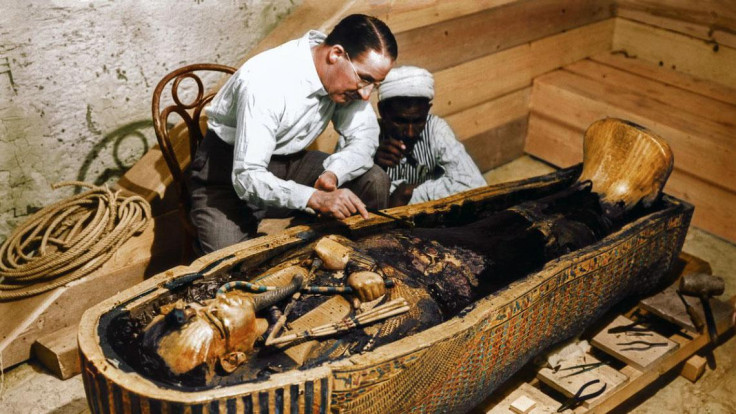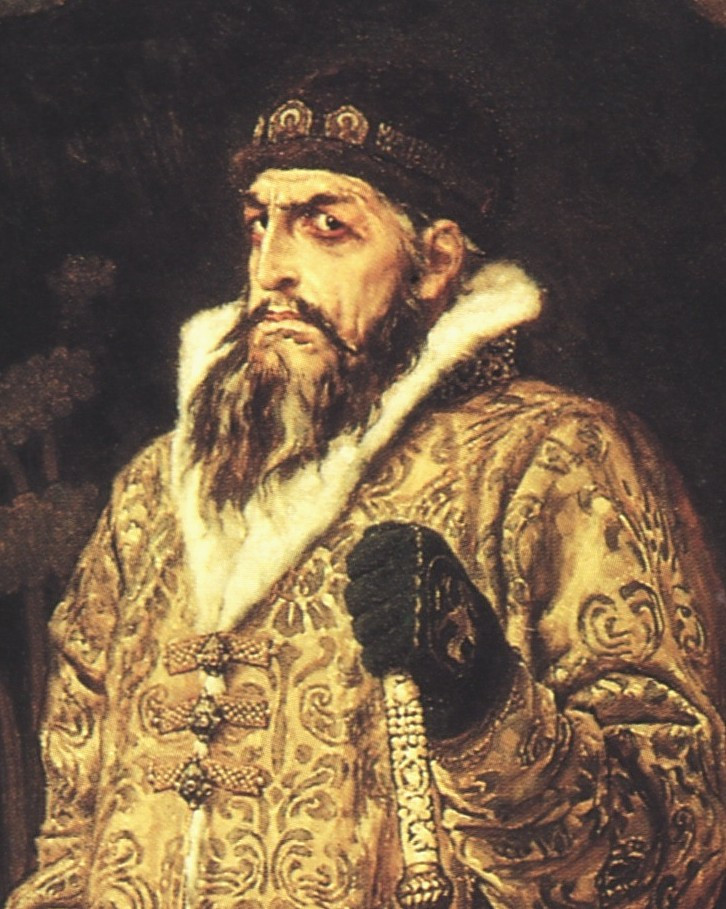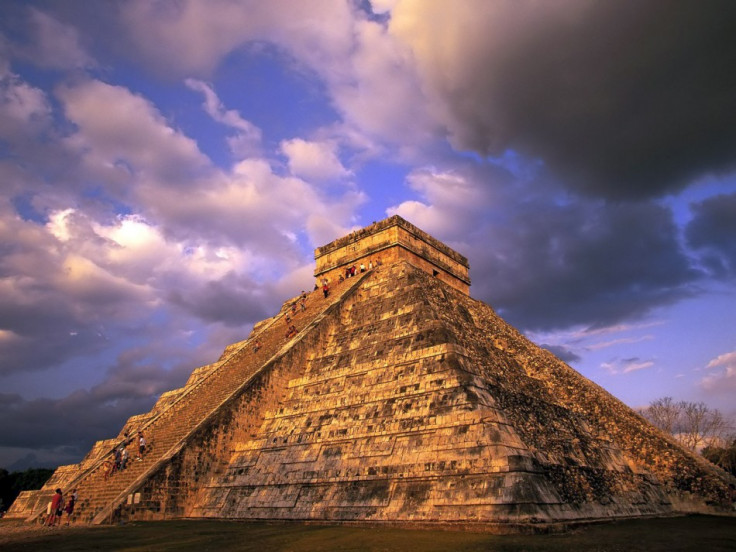Archaeological finds of 2016: Ones to watch out for

The big searches in 2015 were the quest for Alexander the Great's tomb and Queen Nefertiti's last burial place. Archaeologists believe they came close to finding them and 2016 may be the year this comes to fruition.
There are other exciting projects this year, which could make it one of the best for archaeological treasures to be uncovered.
Prehistoric structures in Jordan's Azraq Oasis
In 2016, more will be revealed about these enigmatic structures. Thousands of the stone structures that form geometric patterns in the Middle East are coming into clearer view, with archaeologists finding two wheel-shaped patterns dating back some 8,500 years. This makes these wheels older than the famous geoglyphs in Peru called Nazca Lines.
Some of the giant designs located in Jordan's Azraq Oasis seem to have astronomical significance, built to align with the sunrise on the winter solstice.
Scientists are working on a report about one type of these structures, called 'gates,' that they discovered in Saudi Arabia. Their real purpose is unknown; hundreds of gates have been discovered in Saudi Arabia, including several on the slope of a volcano.
Another paper will reveal more about an enigmatic long wall in Jordan known as the Khatt Shebib. The purpose, date and full extent of the wall, which runs for at least several kilometres is a matter of debate, and the new research will offer further information.
Pyramids at Gebel Barkal
The government of Qatar announced In 2014, that it would spend $135 million to help Sudan excavate and conserve its archaeological sites. The scale of the gift is very rare in archaeology and is allowing numerous excavation and conservation projects to take place.
One project which is causing much excitement is the excavation of the ancient town of Gematon, in Sudan, which is exploring the town, the cemetery, its pyramids and the local landscape.

Latest finds at Tutankhamun's tomb
Researchers plan to investigate the chambers of the boy king, with speculation that small holes will be drilled in the walls and using fibre-optic cameras to look into areas physically difficult to enter. "The evidence for the sealed chambers is really convincing," says Fredrik Hiebert, National Geographic Society's archaeology fellow. " Everyone's on tenterhooks to discover what's in them. There's still so much about the Valley of the Kings that we don't know."
Archaeologists are currently scanning Tutankhamun's tomb in Egypt's Valley of Kings after Nicholas Reeves claimed that it has a secret chamber. The British archaeologist says the chamber could be the burial site of Nefertiti, whose mummy also has not been found.

Military arsenal from the era of Ivan the Terrible
Archaeologists are just beginning to conduct an excavation near Zvenigorod, in the Moscow Region. The location of the find was the 16th-century village of Ignatievskoe, once the home to the famous Boyar family of the Dobrynins. A member of this family was once amongst Ivan the Terrible's "hand-picked thousand " — the elite corps of the Tsar's army, formed in October 1550.
On the western side of the former village, archaeologists from the Institute of Archaeology of the Russian Academy of Sciences unearthed a building with a large underground storehouse, which contained the remains of a large private arsenal. They found helmets stored in leather boxes, kolchugs (a kind of cuirass), sections of military sabres, belts, and arrows and more. This inventory, along with the status of its owner, probably indicated the existence of a standing army of troops, ready for battle.

Lost civilisation in the Honduran Rainforest
Thanks to aerial remote sensing (LIDAR), archaeologists are beginning to survey several large cities, built with pyramids, plazas and a complex city structure. For centuries, explorers and prospectors told stories of the white ramparts of a lost city glimpsed above the jungle foliage.
Indigenous stories spoke of a legendary "City of the Monkey God", a "white house" or a "place of cacao" where Indians took refuge from Spanish conquistadores — a mystical, Eden-like paradise. The Honduran president has promised to protect the area from illegal loggers and looters, and researchers plan to return in 2016.
© Copyright IBTimes 2025. All rights reserved.






















